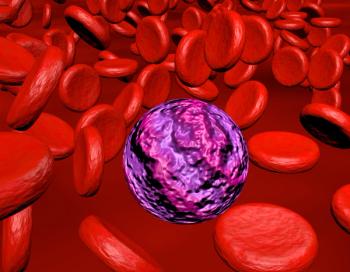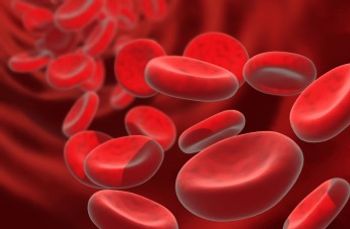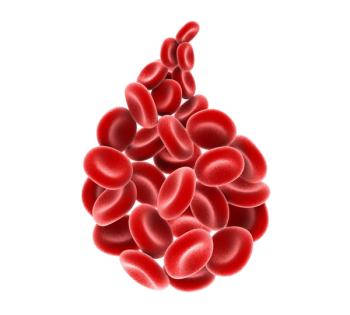
Biomarker-Guided Therapy Yields Higher Response Rates in Phase I Trials
A meta-analysis of phase I trials found that using biomarker-guided treatment can yield high response rates even in this early phase of drug development.
A meta-analysis of 351 phase I clinical trials found that using precision medicine techniques including biomarker-guided treatment, especially with targeted therapies, can yield high response rates even in this early phase of drug development-far higher than the same types of drugs without biomarker-based guidance.
“In the past, it was thought that phase I trials were not about efficacy, and that their only purpose was to understand side effects,” said Maria Schwaederle, PharmD, of the University of California, San Diego School of Medicine, calling that approach “completely outdated.” She led the study (
The meta-analysis included 351 individual single-agent phase I trials, encompassing 13,203 patients. In the 58 trials deemed to use a “personalized” approach, meaning biomarker-selected therapy, the median response rate was 31%. In 293 trials that did not use a personalized approach, the median response rate was only 5% (P < .0001). “We think that the results were striking,” Schwaederle said.
The biomarker-selected approach also yielded significantly longer progression-free survival (PFS), though not all the trials reported this outcome measure. In the 7 personalized trials that reported it, the median PFS was 5.70 months; in the 38 non-personalized trials, the median PFS was 2.95 months (P = .0002).
Interestingly, using genomic biomarkers resulted in a better response rate than protein biomarkers, at 42% and 22.4%, respectively (P = .001).
Trials of targeted therapies only resulted in high response rates when personalized approaches were used. In 57 studies with targeted therapies using biomarker selection, the median response rate was 31.1%. In 177 studies of those same types of targeted therapies but without personalized selection, the median response rate was only 5.1% (P < .0001). That rate was very similar to the response rates of more traditional trials involving cytotoxic agents.
“Targeted drugs in and of themselves were not effective-they absolutely must be given to the right patients,” Schwaederle said.
Don S. Dizon, MD, an ASCO spokesperson who moderated the press call, said this analysis clearly shows that “precision medicine is here. We can use patient selection using either changes in the tumor’s DNA, or even protein biomarkers, and do much better than we’ve done in the past.”
Newsletter
Stay up to date on recent advances in the multidisciplinary approach to cancer.


















































































